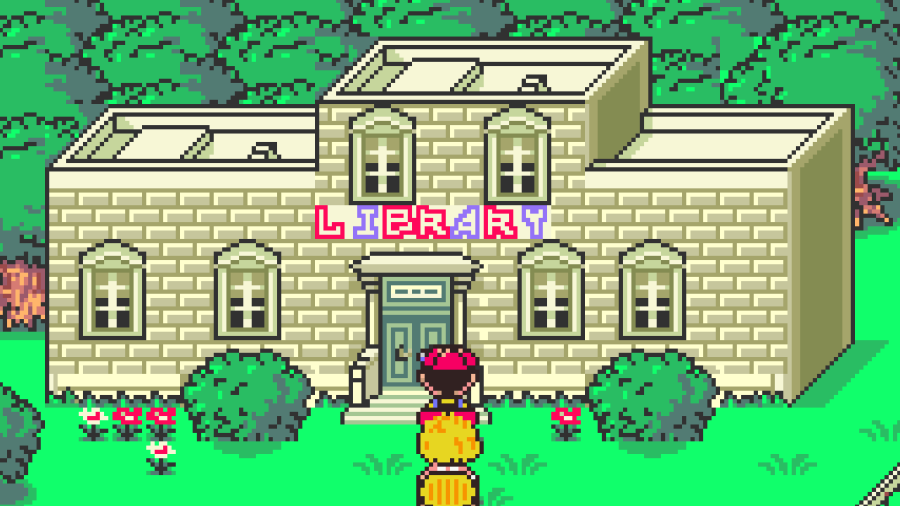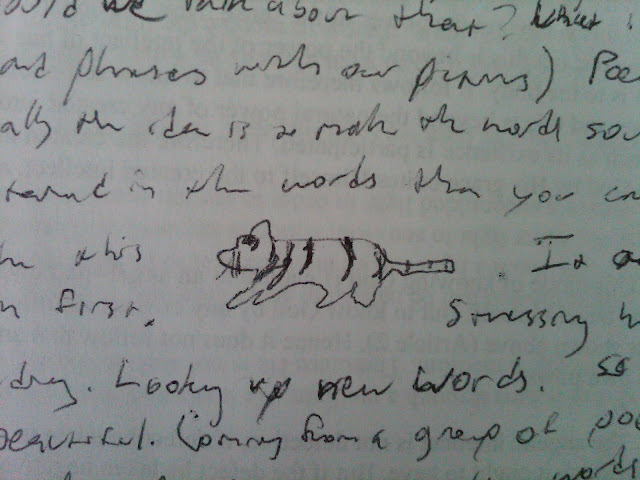Alison Gopnik's The Carpenter and the Gardener (reviewed here) offers a number of insights on play and reading which would be worth a closer look.
Starting with ch 6, The Work of Play:
The passage in Dickens' Great Expectations where Miss Havisham bids Pip play sets up what Gopnik identifies as one of many paradoxes: "by definition, play is what you do when you're not trying to do anything. It's an activity whose goal is not to have a goal..."
Another follows on its heels: "There is also something scientifically paradoxical about play. The idea that play is good for learning has an intuitive appeal. But if play really makes you smarter, more focused, or better at understanding other people, why not just aim to be smarter or more focused or more empathic directly? Why go through the elaborate detour of play?" (149)
She lays out five characteristics from "Biologists who try to define play"--not work, fun, voluntary, depends on other basic needs being satisfied, a pattern of repetition and variation--then looks at a series of case studies more closely.
Her citations here:
Burghardt 2005; Panksepp and Burgdorft 2000; Smith and Hagan 1980; Pellegrini and Smith 1998; Pellis and Pellis 2007 and 2013; Himmler, Pellis, and Kolb 2013; Diamond 1988; Wood 2013; Berlin 1953; Macdonald 1987; Holzhaider, Hunt, and Gray 2010; Perkins 1961; Cook, Goodman, and Sculz 2011; Bonawitz et al. 2012; Stahl and Feigenson 2015; Harris 2000; Gaskins 1999; Haight et al. 1999; Arie 2004; Gopnik 2012; Weisberg and Gopnik 2013; Buchsbaum et al 2012; Baron-Cohen 1997; Wellman 2014; Taylor 1999; Taylor and Carlson 1997; Mar et al. 2006; Mar and Oatley 2008; Kidd and Castano 2013; Bongard, Zykov, and Lipson 2006; Bonawitz et al 2011; Buchsbaum et al. 2011; Fisher et al. 2013; Weisberg, Hirsh-Pasek, and Golinkoff 2013.
(Conspicuous by their absence are Piaget and Huizinga, but well, the moral-religious and cultural elements of play are not her main interest here.)
A decent summary comes in toward the end of the chapter: "So rough-and-tumble play seems to help animals and children to interact with others. Exploratory play helps animals and children learn how things work. And pretend play helps children think about possibilities and understand other people's minds" (170).
"Play lets children randomly and variably try out a range of actions and ideas [explore, in engineering terms], and then work out the consequences [leading to the exploit phase characteristic of adult, focused attention]" (172).
Gopnik concludes, "The gift of play is the way it teaches us how to deal with the unexpected," which provides the evolutionary answer for why it's fun to play, by an analogy to the pleasure of sex: "we don't play because we think that eventually it will give us robust cognitive functions--although that may be the evolutionary motivation for play. We play because it is just so much fun" (172-3).
A final insight for intentional 'gamification' of education: "children played with the toy longer, tired more different actions, and discovered more of the 'hidden' features when the experimenter squeaked the beeper accidentally than they did when she deliberately tried to teach them" (174).
Turning to the applications of her research for schools in the next chapter, Growing Up:
"There is a parallel between the contemporary dilemmas of parenting [a verb Gopnik takes issue with in the first place] and the equally ferocious dilemmas of schooling. Like parents, educators often have a scientifically inaccurate picture of learning and development...that education is supposed to shape a child into a particular kind of adult... from a scientific perspective, learning isn't about test scores at all--it's about tracking the reality of the world around you." (179-180). I'd argue, of course, that it's primarily a philosophical issue, deeper than the scientific line Gopnik hews to here, but I think that's a minor quibble given her evidently deep and broad liberal education behind her approach to the scientific literature.
Her citations:
Smith, Carey, and Wiser 1985; Hatano and Inagaki 1994; Inagaki and Hatano 2006; Ross et al. 2003; Capelli, Nakagawa, and Madden 1990; Lagattuta et al 2015; Rogoff 1990; Dye, Green, Bavelier 2009; Zelazo, Carlson, Kesek 2008; Casey et al 2005; Markham and Greenough 04; Ungerleider, Doyon, kami 02; Paradise and Rogoff 09; Lave and Wegner 91; Reps and Senzaki 98; Bransford, Brown, Cocking 99; Gardner 2011; Snowling 2000; Halberda, Mazzocco, Feigenson 2008; Senechal and LeFevre 2002; Posner and Rothbart 07; Gopnik 09; Kidd, Piantadosi, Aslin 2012; Carhart-Harris et al. 2012, 14; Hinshaw and Scheffler 14; Molina et al. 09; DeVries 98; Taylor et al. 15; Opie and Opie 2000; Steinberg 14; Dahl 04; Steinberg 04; Casey, Jones, and Hare 08; Gardner and Steinberg 05; Flynn 87, 07; Pietschnig and Voracek 15; Shaw et al 06; Berlin 13.
(Notably absent here is the doyen of the moment for Spokane Schools ed research, Marzano)
She advocates for apprenticeship, project-based learning, assessment via observation rather than test-taking, play, service opportunities, travel, and safe sex.
On reading as a technology in the next chapter, she cites further: Dehaene 09, Wood 08, MacLeod 91, Olson 96, Ong 88, and, delightfully, Socrates in the Phaedrus.
So, on to Dickens and Plato, for a start!
Monday, July 8, 2019
Subscribe to:
Posts (Atom)


